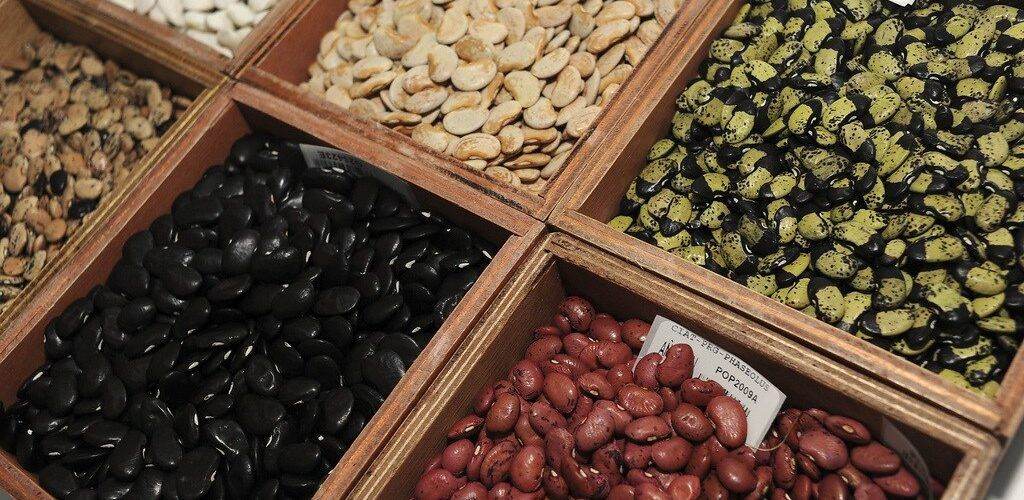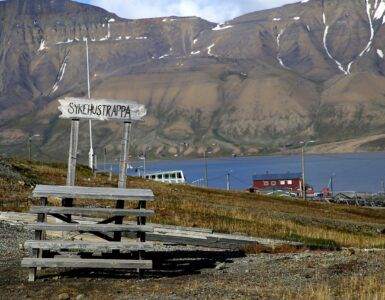Located halfway between mainland Norway and the North Pole lies the remote archipelago of Svalbard. With its dramatic landscapes, incredible wildlife, and fascinating history, it is an adventure-seekers’ paradise. But beyond the allure of its icy surroundings, Svalbard is also home to a critical and little-known global safeguard: the Svalbard Global Seed Vault. In this article, we take a deep dive into the purpose, workings, and importance of this “Doomsday Vault,” in which Earth’s agricultural heritage lies securely preserved.
“Nestled deep within the icy Svalbard archipelago, the Global Seed Vault safeguards Earth’s agricultural heritage, offering hope for future generations.”
Table of Contents
- A Haven for Global Plant Diversity
- A Fortified Arctic Repository
- Sharing Seeds for a Secure Future
- Is the Svalbard Global Seed Vault open for public visits?
- United in Preservation: A Call to Action for Agrobiodiversity and Global Collaboration
A Haven for Global Plant Diversity
The Svalbard Global Seed Vault, nestled deep inside a mountain on the island of Spitsbergen, is the world’s largest and most secure seed storage facility. It was built in 2008 as a back-up in the face of global catastrophes like climate change, nuclear warfare, pandemics, or natural disasters. Often referred to as the “Doomsday Vault,” it is managed by the Norwegian government, the Crop Trust, and the Nordic Genetic Resource Center, to safeguard seeds from every corner of the globe.
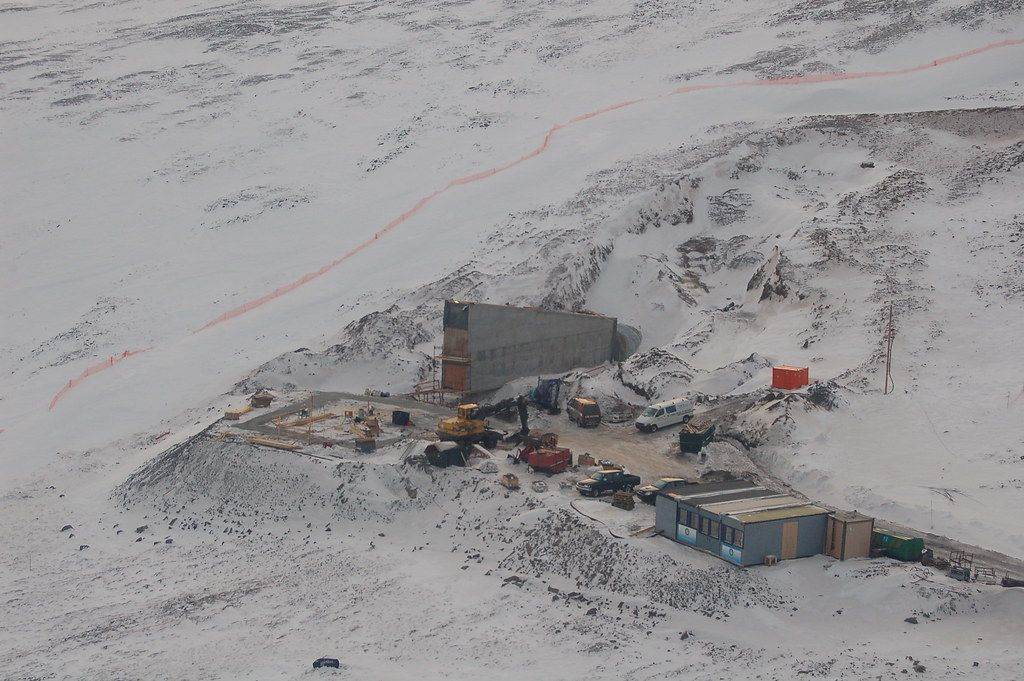
The primary goal of the vault is to preserve the genetic diversity of plant species that are crucial to global agriculture, so that future generations can continue to cultivate vital crops in the face of unforeseen crises. The vault’s three cavernous chambers hold the capacity to store up to 4.5 million seed samples. As of today, it houses over a million samples from nearly every country on Earth, representing more than 6,000 plant species.
“The Svalbard Global Seed Vault is more than just a fortress for plant biodiversity – it’s a shining beacon of international unity against looming threats to food security worldwide.”
A Fortified Arctic Repository
The location of the Global Seed Vault in Svalbard is no coincidence. Its remote Arctic surroundings provide an ideal environment for seed preservation. The vault’s storage chambers are situated 130 meters above sea level, safeguarding them from flooding and rising sea levels. Furthermore, Svalbard’s consistently cold permafrost conditions ensure a stable temperature of -18°C (-0.4°F), maintaining the seeds’ viability for decades or even centuries.
“Amidst the cold Arctic landscape of Svalbard, the Global Seed Vault whispers a promise of renewal and sustenance, preserving our crops’ vital legacy.”
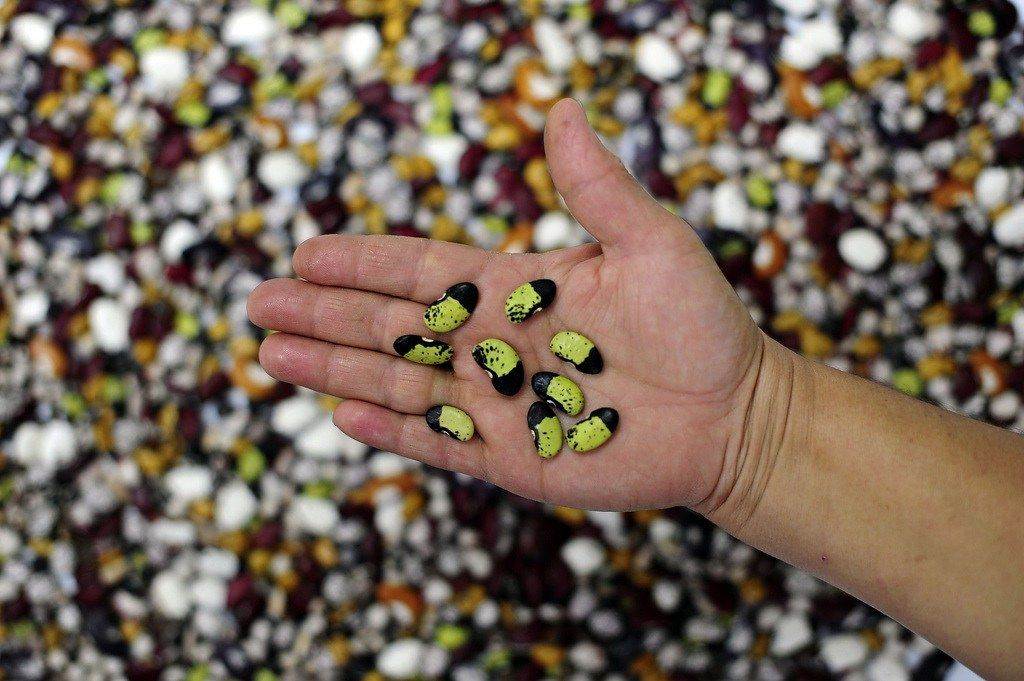
The Global Seed Vault’s rigid security measures make it virtually impenetrable. The entrance is reinforced with a robust security system, while meter-thick walls of steel-reinforced concrete enclose the storage chambers. Furthermore, strict protocols ensure only a limited number of individuals have access to the vault, guaranteeing the seeds’ protection from human interference and unauthorized entry.
Sharing Seeds for a Secure Future
In addition to its role as a long-term storage facility, the Svalbard Global Seed Vault also plays an active part in global agriculture by serving as a safekeeping center for various gene banks. In times of necessity, these gene banks can request access to the genetic material in the vault’s storage.
“In the remote reaches of Svalbard, the Global Seed Vault offers a shelter for our planet’s plant assets – ensuring food security even in times of crisis.”
For instance, when Syria’s civil war led to the destruction of the country’s crop gene bank, the Global Seed Vault was able to provide replacement seeds, ensuring that vital crop varieties remained available to growers and agricultural researchers.
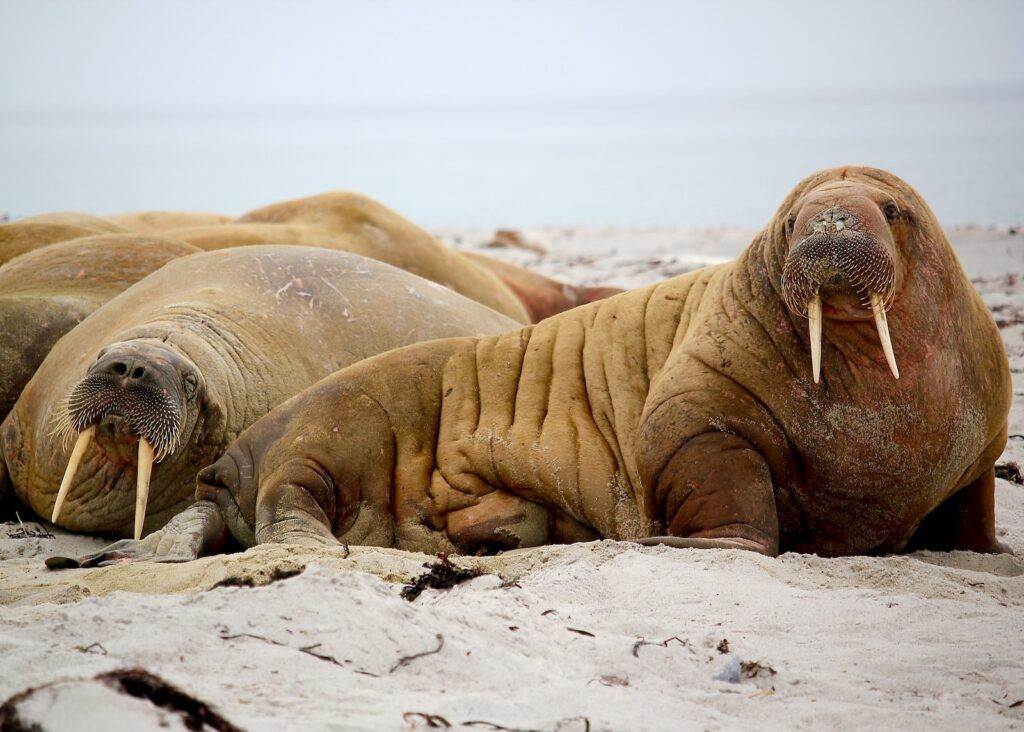
Is the Svalbard Global Seed Vault open for public visits?
While Svalbard is emerging as a breathtaking travel destination for Arctic enthusiasts, it is important to note that the Svalbard Global Seed Vault itself is not open for public visits. Due to its unique purpose and the significance placed on keeping the seeds safe and undisturbed, the facility remains strictly off-limits to tourists. Security protocols are in place to maintain the vault’s integrity and restrict access to only authorized personnel.
“Although the doors of the Svalbard Global Seed Vault remain closed to the public, the spirit of global cooperation and agricultural preservation it embodies can be experienced in the nearby town of Longyearbyen, where the heart of this awe-inspiring Arctic sanctuary beats.”
Although a visit to the Global Seed Vault is not possible, an online virtual tour exists where the vault can be viewed from the inside.
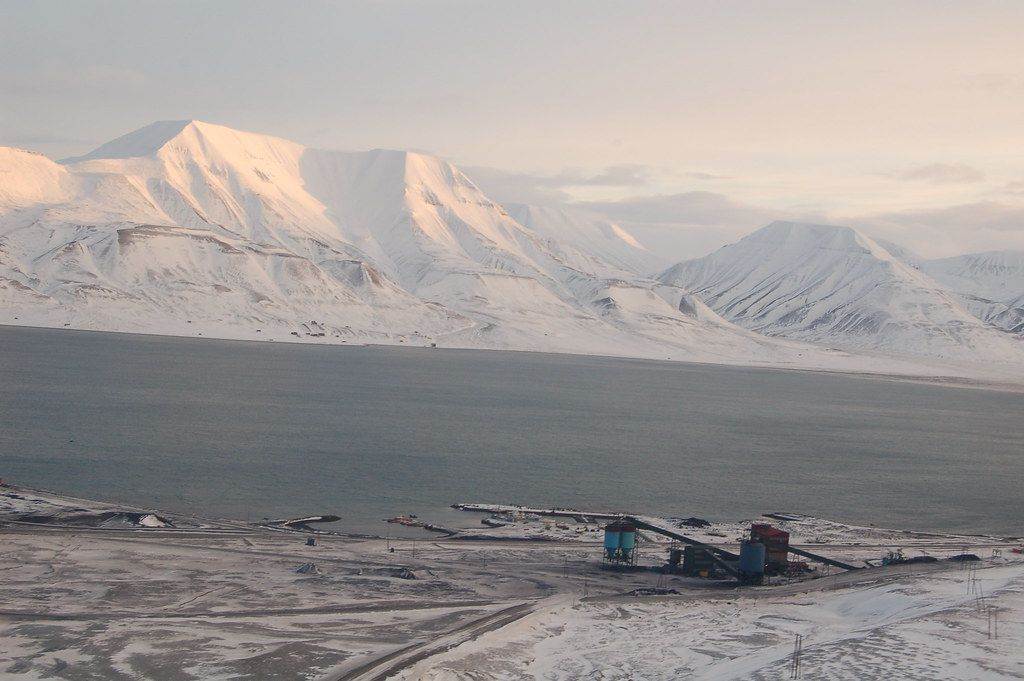
However, travelers interested in learning more about the Vault can visit the nearby town of Longyearbyen, the administrative center of Svalbard. The Svalbard Museum, located in town, offers insightful exhibits about the history and natural wonders of the archipelago, and it covers the Seed Vault’s purpose and construction in educational displays. While visiting the actual Seed Vault is not possible, exploring Longyearbyen provides the opportunity to understand more about this remarkable endeavor in the context of Svalbard’s fascinating environment and history.
United in Preservation: A Call to Action for Agrobiodiversity and Global Collaboration
The Svalbard Global Seed Vault is an essential and powerful asset in humanity’s ongoing struggle to protect Earth’s agricultural legacy. It serves not only as a fortress for the planet’s precious plant genetic diversity but also as an emblem of international cooperation and unity.
“A symbol of protection and resilience, the Svalbard Global Seed Vault stands sentinel over our agricultural treasures, dedicated to safeguarding the source of sustenance for generations to come.”
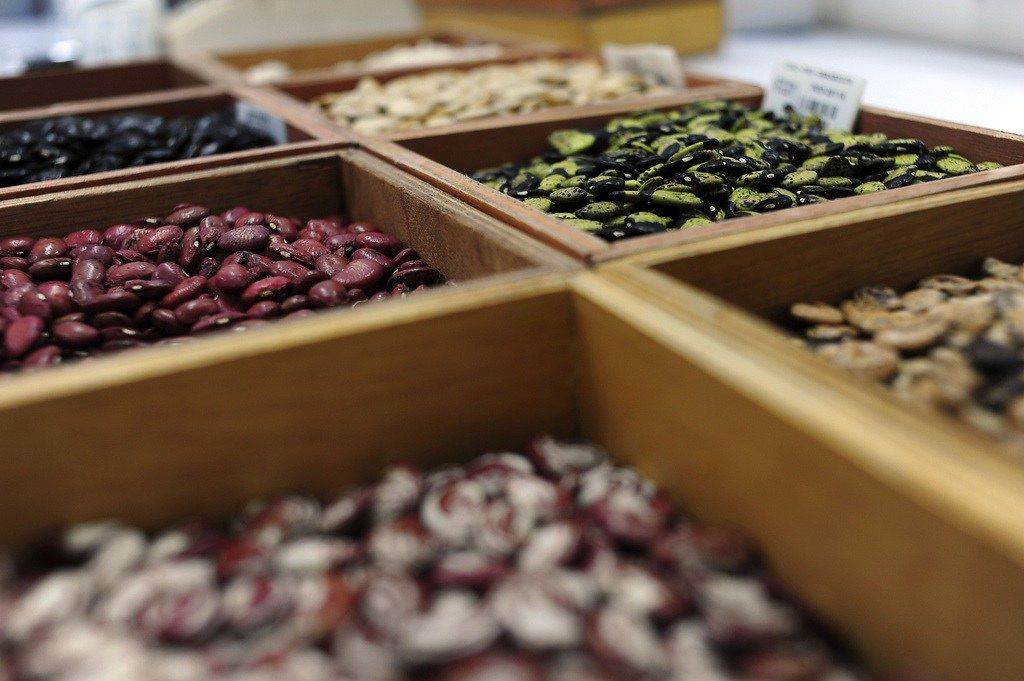
The Svalbard Global Seed Vault, in its pursuit of agricultural preservation, also serves as a reminder of the importance of sustainable practices and responsible stewardship of our planet’s resources. By doing so, we not only secure agricultural abundance for ourselves, but extend the opportunity for healthy, diverse, and sustainable food systems to generations far beyond our own.
Last Updated on April 29, 2023
